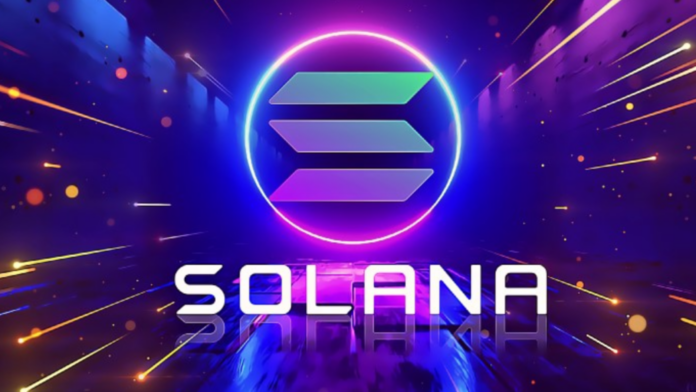The Solana blockchain is revolutionizing community-driven projects with its support for decentralized physical infrastructure (DePIN). This innovative approach not only offers control over data but also incentivizes community engagement through practical, real-world applications.
At the heart of DePIN’s surge in popularity is the integration of blockchain technology into everyday utilities, transforming how communities interact with and benefit from shared physical infrastructure. A standout example of such integration is Helium, a decentralized wireless network that epitomizes the potential of community-powered projects.
Helium allows anyone to participate in expanding wireless coverage simply by installing a gateway, akin to a WiFi hotspot, at home or in commercial areas. These hotspots provide local wireless coverage and reward providers with tokens, which can be exchanged for monetary value. Scott Sigel, the chief operating officer of the Helium Foundation, highlights that unlike traditional IoT networks that are costly to maintain, Helium leverages community participation to build and sustain its infrastructure affordably and efficiently.

Since its inception in 2013, Helium has rapidly expanded its network globally. With over 392,090 hotspots worldwide, the project is a testament to the efficacy of decentralized community efforts in overcoming the challenges posed by traditional, centralized approaches.
Helium’s move to the Solana blockchain further underscores the project’s commitment to performance and scalability. Solana’s high throughput capabilities and robust developer community make it an ideal platform for projects like Helium that require reliable and extensive network support.
But Helium isn’t the only project making waves. Hivemapper is another Solana-based initiative aiming to revolutionize the mapping industry. Spearheaded by Ariel Seidman, a veteran in mapping technology, Hivemapper leverages blockchain to incentivize a global community of contributors to create and maintain detailed maps. This approach significantly reduces the barriers to entry typically associated with the mapping industry, which traditionally relies on expensive and labor-intensive methods.
With over 130,000 contributors and more than 11 million kilometers mapped, Hivemapper demonstrates the power of decentralized collaboration in tackling large-scale challenges. By aligning incentives among a vast network of participants, Hivemapper is rapidly closing the gap with established mapping services, covering approximately 19% of the globe to date.
These projects illustrate the broader potential of DePIN initiatives to harness blockchain technology for community benefit. By decentralizing the ownership and maintenance of physical infrastructure, Solana’s DePIN projects empower individuals and small businesses to solve local problems collectively. Whether it’s improving wireless coverage with Helium or innovating in the mapping industry through Hivemapper, these initiatives offer a glimpse into a future where community collaboration and technology intersect to create sustainable, inclusive solutions.
As blockchain technology continues to evolve, the scope for DePIN projects on platforms like Solana is boundless. The success stories of Helium and Hivemapper are just the beginning. They serve as a blueprint for future endeavors where community involvement and technological innovation can lead to meaningful societal impacts.
In conclusion, the rise of decentralized physical infrastructure on the Solana blockchain marks a significant shift towards more equitable and community-focused technological developments. As these projects continue to grow and evolve, they pave the way for a new era of decentralized community power, fundamentally altering how we think about technology’s role in societal development.
















